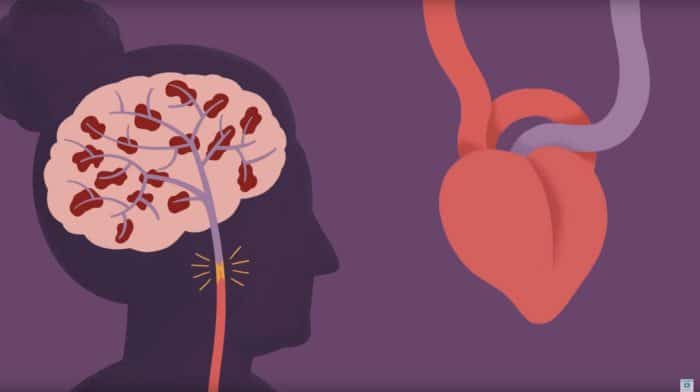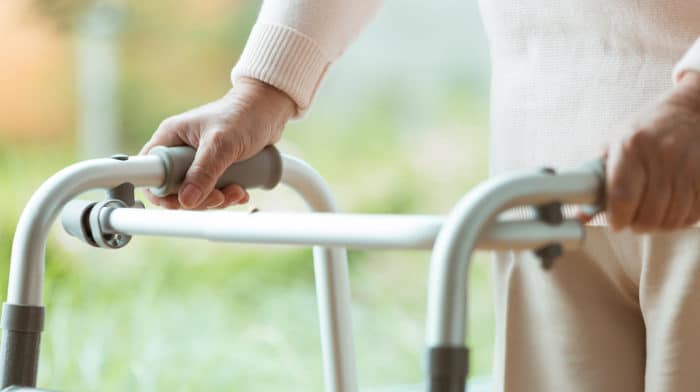How to Prevent a Stroke
How to Prevent a Stroke
A stroke occurs when blood is blocked from reaching the brain. This is usually caused by a clot in the blood vessel or it bursts (or ruptures.)
How To Identify A Stroke:
Remember the acronym F.A.S.T. to help you remember the signs of a stroke:
Face: Does one side of the face droop when they smile?
Arms: Arm weakness; can they raise both arms?
Speech: Is their speech slurred or does it sound odd?
Time: If you see any one of these signs in yourself or in others, call 911 immediately!
Other signs of stroke are:
•Loss of balance
•Headache or dizziness
•Blurred vision
Ways To Prevent A Stroke:
•HYPERTENSION – Keep your blood pressure in check. Less than 135 / 85 is good (ideal is 120/80). For some, 140 / 90 may be more appropriate. Always speak to your health care professional (HCP).
•WEIGHT – Maintain a healthy weight. An ideal Body Mass Index (BMI) would be less than 25 but that may not be realistic for you. Work with your HCP to develop a suitable weight loss strategy.
•DIABETES – Keep your blood sugar under control. High blood sugar damages the blood vessels over time which means clots are more likely to form inside them.
•EXERCISE – Not only does exercise help with your blood pressure, diabetes and weight, it stands on it’s own as an action that helps reduce the risk of stroke.
•TOBACCO – Smoking is the single biggest lifestyle change you can make to help prevent stroke. Smoking thickens your blood and increases the amount of plaque build up in the arteries. Smoke less or quite entirely.
•ALCOHOL – Drink less or quite entirely. Your risk rises sharply is you have more than two drinks per day.
•STRESS – Manage stress levels. Try to leave stressful situations and avoid engaging in stressful debates.
911 — CALL EMERGENCY — IF ANYONE IS SHOWING SIGNS OR STROKE.
Getting medical treatment within 3 hours of the first symptoms of stroke can make the difference between recovery and lifelong disability.






